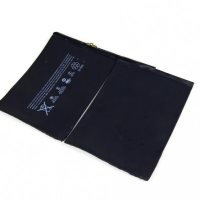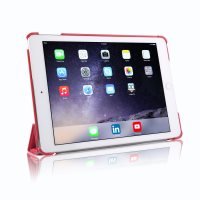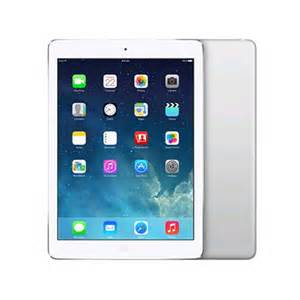How You and Your iPad Can Help Each Other
Getting a new device is an exciting experience. Now you have to determine the best ways to use it, and that can be frustrating and time-consuming. Here are helpful suggestions and tricks you’ve got a new iPad and are still trying to figure it out.

Never leave your iPad in an inhospitable environment like a hot automobile. The extreme heat saps gadgets of battery power. Exposure to extreme heat and light can impact the battery’s capability to hold a charge for extended periods. This type of damage is not covered in your guarantee, making this an expensive mistake.
You probably don’t know that when you are charging your iPad on a flat surface area, it can take a while for the battery light to appear. Do not panic! Plug it in and wait awhile. The charging sign will ultimately appear and, as it turns out, your iPad has been charging the whole time.
Using WiFi
When you are looking into buying an iPad you have to consider a couple of things to get it at the lowest cost possible. If your plan is to make use of the iPad outside of your home or office, then you’ll have to purchase the more costly version that includes 3G in addition to WiFi.
You can extend the life of your iPad’s battery by utilizing the gadget in Airplane Mode. In Airplane Mode, WiFi and cordless radio are disabled. This is perfect if you do not need an Internet connection to use your iPad. You can still use your tablet for reading e-books, playing video games, and, you can utilize certain apps without excessive drain on the battery.

You can scroll back to the top of a long page in your browser without consistently dragging your finger throughout the screen. All you have to do is tap a finger on the title bar one time.
Video calls are an outstanding feature of the iPad. Be sure to make use of video calling on the iPad when the time is right.
Charging the iPad
Wait until your battery is low before charging your iPad. Batteries actually have something referred to as memory. If you charge the battery too early, its memory will then store a record of a smaller life. If this happens repeatedly, it may cause the device to need to be on the charger to be used.
If you are short on time, don’t utilize your iPhone charger for your iPad, because iPads have higher wattage demands than iPhones. It takes a lot longer to charge the iPad completely using an iPhone charger. Just make use of the original charger that was provided with the iPad.
Could a Keyboard Help?
Think about buying a portable Bluetooth keyboard if you do a lot of typing on your iPad. Doing a great deal of typing on a virtual on-screen keyboard will probably cause discomfort in your finger joints. Buying a portable Bluetooth keyboard for your iPad will make it possible for you to type long files on your tablet comfortably.
While they enjoy their iPad, some people miss the presence of a real keyboard. Fortunately, any Apple cordless keyboard will function with it. It will likewise work with any keyboard that makes use of Bluetooth. There are some iPads that already have a convenient keyboard built-in too.
Watching Movies
If you’re watching a lot of movies on your iPad, your battery will not last long. Adjusting screen brightness can assist in extending your battery life. You’ll probably see that you’re not going to require the brightest setting to see your screen.
Prior to allowing your children to use your iPad, limit access to adult content. This setting can secure young eyes and ears from explicit language and other disgusting content in apps, video games, podcasts, movies, TV programs and more.
Business Uses
Purchasing an iPad is a terrific method to enhance any type of company activities. This also shows that your company is a modern-day and progressive organization, making it an excellent method to bring in new business. Choose up an iPad if you are looking for this kind of client.
The Air Print feature is fantastic for printing from your iPad anywhere. You need a suitable printer, and then all you have to do is tap the print icon on any file. It’s a terrific feature that makes printing more mobile and a lot more practical for your daily business requirements.
Hopefully you have a greater understanding of the iPad and how to utilize it. This can be half the fun of the iPad: that there is constantly something brand-new to learn about it!

